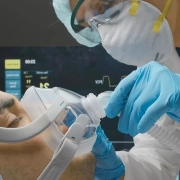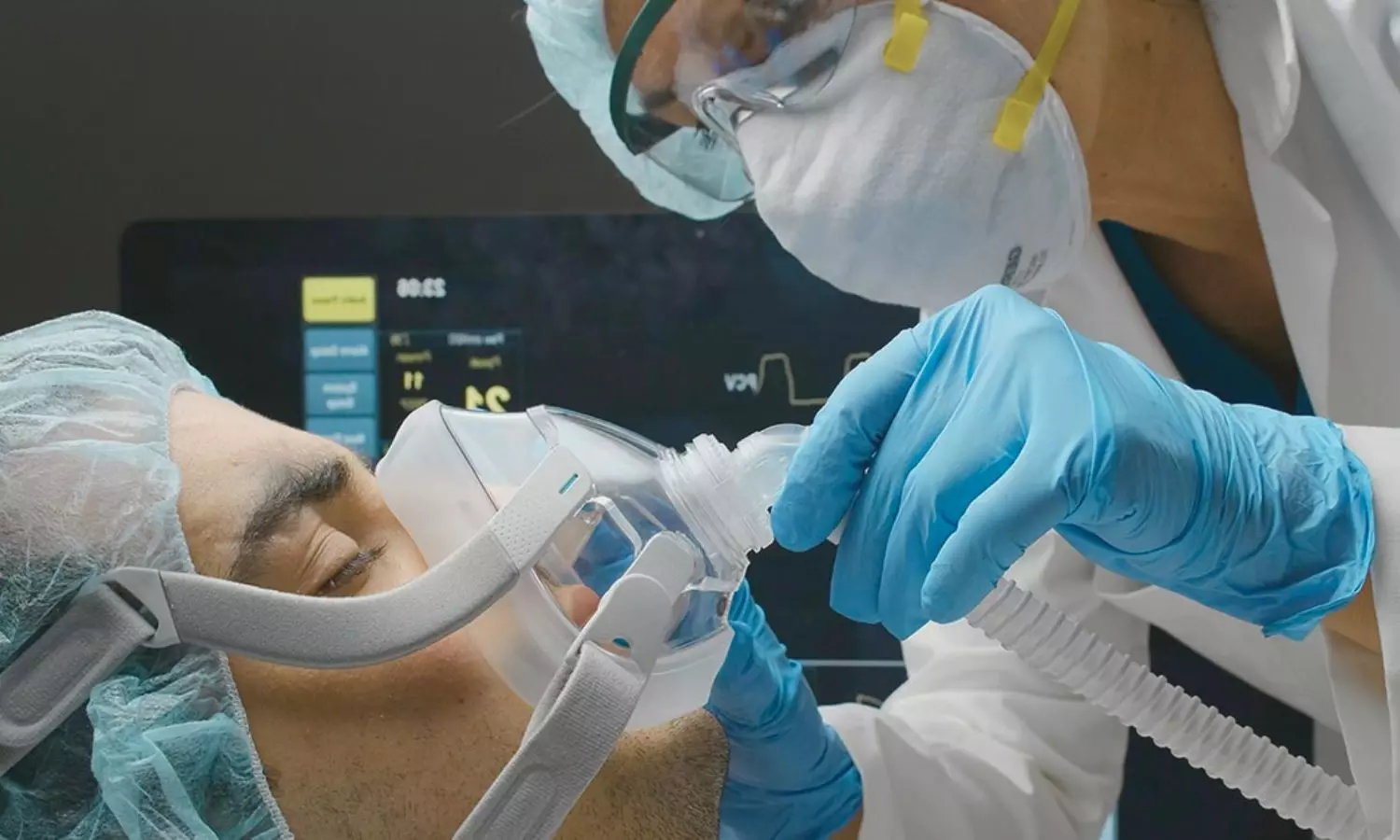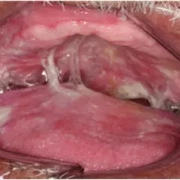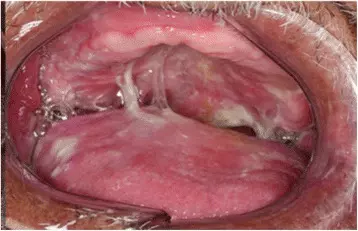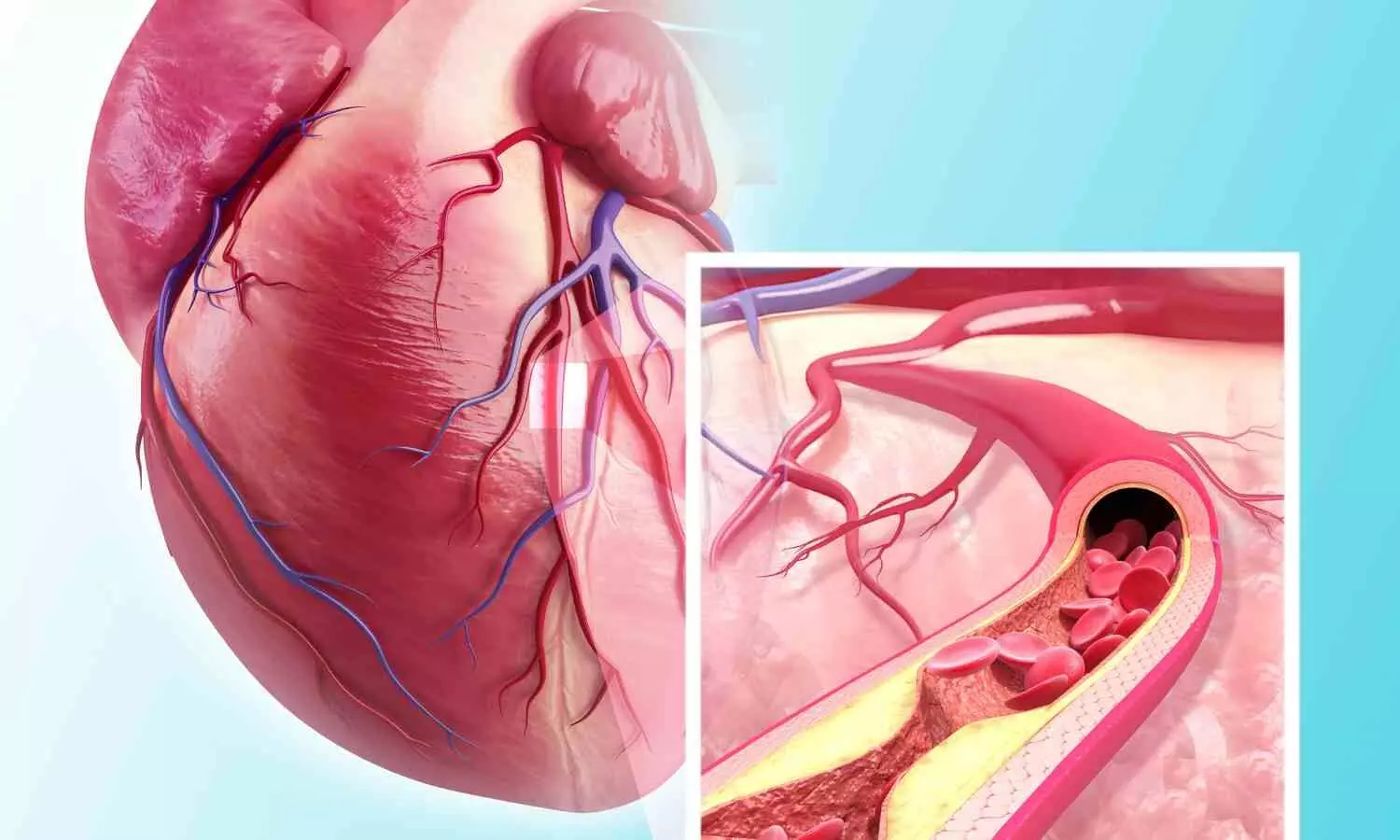Experimental drug Olezarsen may reduce hypertriglyceridemia in high-risk patients: NEJM

Hypertriglyceridemia, or high levels of lipids (fats) in the blood, increases the risk of heart attack, stroke and acute pancreatitis. Currently available medications, including statins, ezetimibe, fibrates and prescription omega 3 fatty acids, typically lower triglyceride levels by anywhere from below 10% to up to 40%. These therapies help, but they are not enough to prevent cardiovascular events in everyone.
An experimental treatment could further lower triglycerides in the blood, according to a placebo-controlled and double-blind trial led by researchers at Brigham and Women’s Hospital, a founding member of the Mass General Brigham healthcare system. Results were presented at the 2024 American College of Cardiology’s Annual Scientific Session & Expo and simultaneously published in the New England Journal of Medicine.
The trial randomized 154 adults on lipid-lowering therapy with moderate or severe hypertriglyceridemia to receive either 50mg olezarsen, 80mg olezarsen or placebo. Olezarsen is an antisense oligonucleotide that inhibits APOC3, a gene associated with higher levels of triglycerides, by targeting its mRNA. The subcutaneous medication was administered every four weeks, for a period of a year.
Olezarsen reduced triglyceride levels by 49% at the 50mg dose and 53% at the 80mg dose, compared with placebo. The experimental drug also reduced apolipoprotein B and non-HDL cholesterol, which are important in plaque formation, by 18 to 18.5% and 23% to 25%, respectively.
While larger and longer-term studies are needed to further assess the efficacy and safety of olezarsen in preventing heart attacks and strokes, the research opens up new avenues for improving the health of people with high cardiovascular risk. “These findings indicate that targeting APOC3 mRNA is a promising new pathway for lowering triglycerides and potentially reducing the risk of heart attack and stroke,” said corresponding author Brian Bergmark, MD, of the Division of Cardiovascular Medicine at Brigham and Women’s Hospital.
Reference:
Brian A. Bergmark, Nicholas A. Marston, ThoNew England Journal of Medicinemas A. Prohaska, Veronica J. Alexander, André Zimerman, Filipe A. Moura, Sabina A. Murphy, Olezarsen for Hypertriglyceridemia in Patients at High Cardiovascular Risk, New England Journal of Medicine, DOI: 10.1056/NEJMoa2402309.
Powered by WPeMatico








